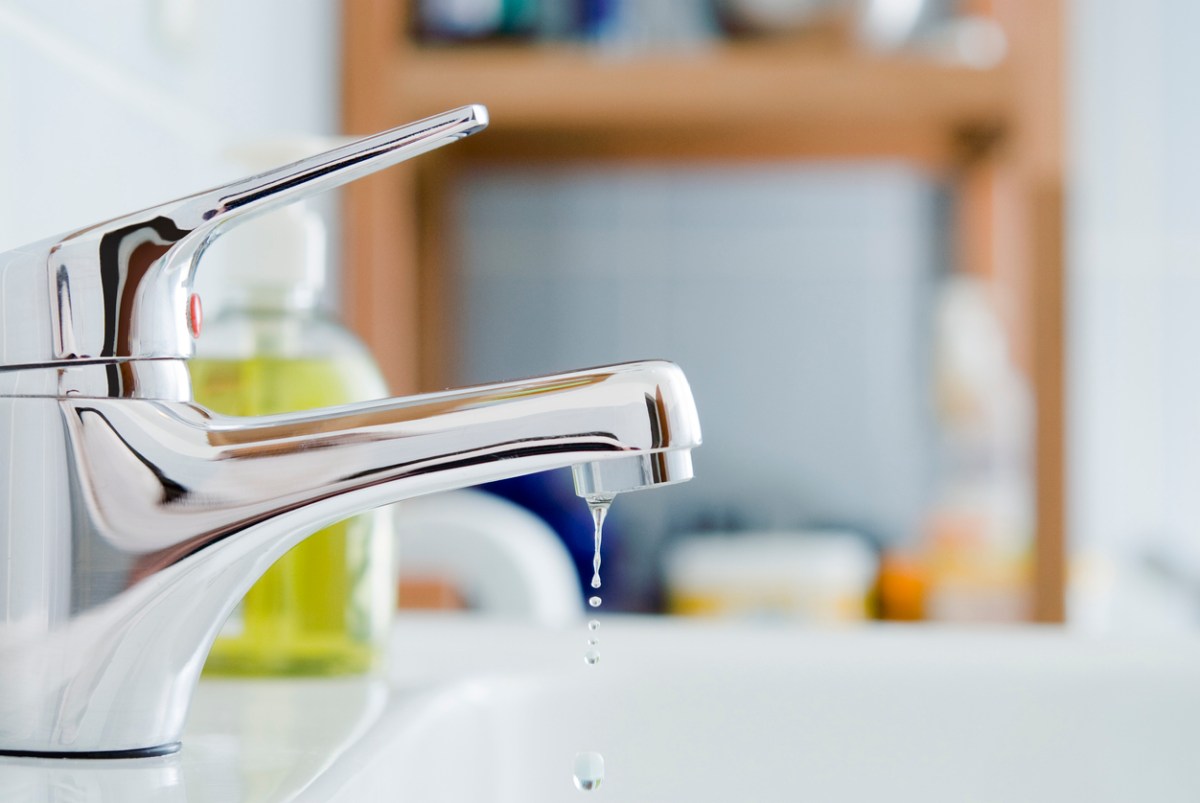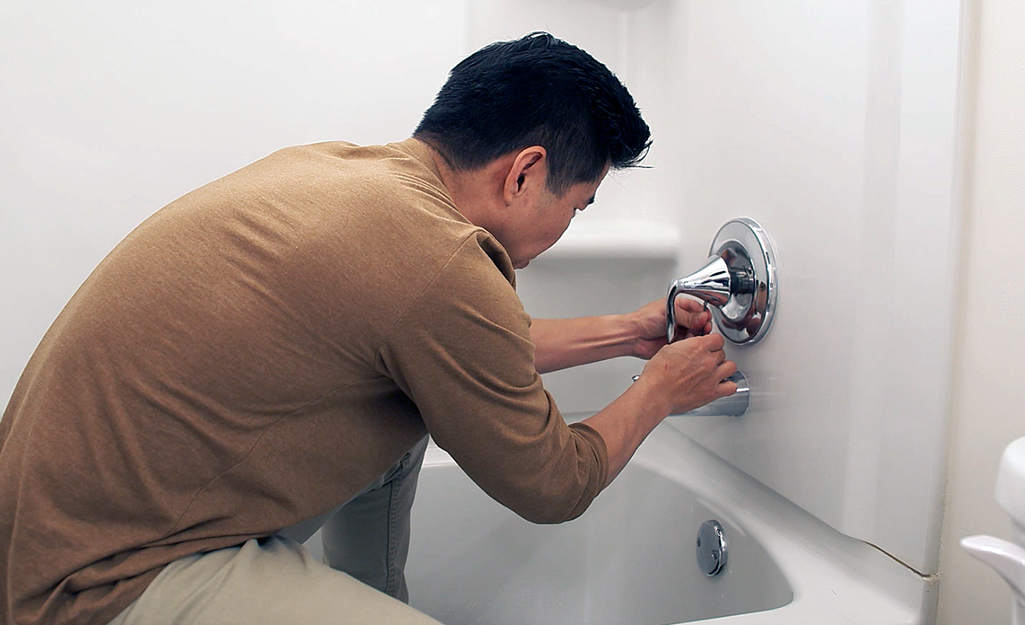My Value of Addressing a Broken Faucet
My Value of Addressing a Broken Faucet
Blog Article
Were you searching for help and advice concerning Why It's Important to Fix Leaky Faucets?

Leaking taps could look like a minor inconvenience, however their impact surpasses just the annoyance of the sound. From drainage to sustaining unnecessary economic costs and health dangers, ignoring a dripping faucet can result in different repercussions. In this post, we'll delve into why it's important to address this usual family problem promptly and effectively.
Waste of Water
Environmental Effect
Leaking faucets add considerably to water wastage. According to the Epa (EPA), a solitary faucet leaking at one drip per second can squander greater than 3,000 gallons of water per year. This not only stress water sources however also affects environments and wild animals based on them.
Financial Prices
Boosted Water Bills
Past the environmental impact, leaking taps can inflate water bills substantially. The gathered wastefulness with time equates right into greater utility expenditures, which can have been prevented with prompt repair work.
Prospective Building Damage
Furthermore, long term dripping can result in harm to fixtures and surfaces surrounding the faucet. Water accumulation can trigger discoloration, deterioration, and also structural issues if left ignored, leading to extra fixing prices.
Health and wellness Problems
Mold And Mildew and Mold Development
The continuous existence of wetness from a leaking tap develops a perfect environment for mold and mold development. These fungis not just jeopardize indoor air quality yet additionally posture wellness dangers, especially for individuals with respiratory conditions or allergic reactions.
Waterborne Conditions
Stationary water in leaking faucets can become a breeding place for microorganisms and various other virus, raising the risk of waterborne diseases. Impurities such as Legionella germs thrive in stationary water, possibly bring about serious illnesses when consumed or inhaled.
Do it yourself vs. Expert Fixing
Advantages and disadvantages of DIY Repair
While some might attempt to fix a dripping tap themselves, DIY repair work include their own set of challenges. Without correct understanding and devices, do it yourself attempts can aggravate the problem or lead to incomplete repairs, prolonging the problem.
Advantages of Employing a Professional Plumber
Working with an expert plumber guarantees that the underlying cause of the trickling faucet is attended to efficiently. Plumbing technicians possess the experience and devices to detect and repair tap problems efficiently, conserving time and reducing the danger of further damages.
Step-by-Step Guide to Taking Care Of a Dripping Faucet
Devices Called for
Before trying to fix a leaking tap, gather the essential devices, including a flexible wrench, screwdrivers, replacement parts (such as washers or cartridges), and plumber's tape.
Usual Tap Issues and Their Solutions
Determine the type of tap and the particular concern causing the drip. Usual problems consist of damaged washers, corroded shutoff seats, or faulty O-rings. Refer to maker guidelines or online tutorials for detailed assistance on repair services.
Safety nets
Regular Maintenance Tips
To avoid trickling taps, perform routine maintenance such as cleansing aerators, checking for leakages, and replacing damaged parts immediately. Furthermore, consider setting up water-saving tools or updating to extra reliable fixtures.
Importance of Prompt Fixes
Addressing dripping taps as quickly as they're discovered protects against further water wastefulness and potential damage, ultimately conserving both water and money in the future.
Influence On Residential Or Commercial Property Worth
Understanding of Well-Maintained Residential Property
Keeping a residential property in good condition, including dealing with upkeep issues like trickling taps, enhances its regarded value and desirability among potential purchasers or renters.
Influence on Resale Value
Features with properly maintained plumbing components, consisting of faucets, command higher resale worths in the realty market. Attending to dripping taps can contribute to a favorable impact during residential property assessments and settlements.
Environmental Obligation
Private Payment to Preservation
Taking obligation for repairing dripping faucets straightens with broader efforts toward water conservation and environmental sustainability. Every individual's actions jointly make a significant influence on preserving valuable sources.
Lasting Living Practices
By prioritizing timely repair work and embracing water-saving behaviors, individuals add to sustainable living methods that benefit both existing and future generations.
Final thought
Addressing a dripping faucet goes beyond mere convenience; it's an important step toward preserving water, decreasing financial costs, and safeguarding wellness and building. Whether through do it yourself repair work or professional help, doing something about it to repair dripping faucets is a little yet impactful means to advertise responsible stewardship of resources and contribute to a much healthier, much more lasting future.
How to Fix a Dripping or Leaky Faucet
A leaking faucet is one of the most common problems that homeowners encounter, but it being commonplace doesn’t make it any less annoying. The constant drip drip drip of a leaking bathtub faucet, showerhead, or sink tap can disturb your home’s serenity. Left neglected, a dripping faucet can also result in higher water bills and discoloration or mold growth in your sink or plumbing fixtures.
Fortunately, you don’t have to be a trained plumber to know how to stop a dripping faucet. With some basic tools, replacement parts, and a little patience, leaky faucet repair is a breeze. In this article, we’ll explain what causes dripping faucets and how you can fix them.
What Causes a Leaking Faucet?
Kitchen and bathroom faucets come in all manner of designs, but most involve some combination of valves, O-rings, seals, and washers. The O-ring is usually the weakest link, but any one of these pieces can wear down over time. Heat, moisture, temperature fluctuations, minerals, mold, and movement can contribute to warping and corrosion, breaking the watertight seal. This just comes with the territory of being a homeowner. Everything is always subject to wear and tear, and some component parts of your appliances and fixtures need to be replaced on occasion. At least replacement O-rings are cheap!
More rarely, dripping faucets can be a symptom of excessively high water pressure. Were this the case in your home, you would probably notice that the leak is not isolated to one faucet. Water pressure issues are harder to resolve on your own. We recommend contacting a professional plumber if you suspect your water pressure is too high.
How to Fix a Dripping Faucet
Pipe wrench or monkey wrench Allen wrench set Screwdrivers Old towel or rag Shut off the water.
Before you do anything, you need to turn off the water to keep from drenching your kitchen or bathroom. You should find a valve under the sink and against the wall. Once you’ve turned this valve, try turning the faucet on to confirm that the water source has been cut off.
If you can’t locate your local valve for the faucet you’re working on, you can always shut off the water to the house at the main valve. Of course, this will prohibit anyone from using the sinks, showers, or toilets while you’re working on the faucet that’s giving you trouble.
Plug or block the drain.
You’ll be disassembling the faucet and removing some small bits of hardware. Plug the drain with a stopper or rag to avoid the possibility of a small screw falling into your P-trap.
Take apart the faucet assembly.
There are several varieties of kitchen and bathroom faucets, each with its own manner of assembly. For detailed instructions on how to disassemble your faucet, you can refer to the fixture’s manual or contact the manufacturer. If you know whether you have a ball, disc, cartridge, or compression faucet, you can find detailed schematics online.
In general, you need to begin by removing the faucet handles. You might notice a small screw that you’ll need to remove with a screwdriver or Allen wrench. If you don’t see any visible securing hardware, it’s likely hidden under a decorative cap that can be unscrewed or popped off with flathead screwdriver.
Remove each piece methodically, consulting a schematic when necessary. Take notes or arrange the pieces in such a way to make it easier to correctly reassemble the faucet later.
Remove the cartridge.
Once you’ve removed the handles and securing hardware, you should be able to remove the valve cartridge or stem. Some cartridges will slide right out. Other faucet models will require you to loosen a nut with a pipe wrench before you can remove the valve stem.
Examine the exposed hardware.
With the cartridge or stem removed, inspect the component parts. Check the rubber O-rings for wear and tear. Also examine the seat washer for corrosion or other damage. These pieces are usually the responsible parties for a dripping faucet, but it’s worth inspecting the other component parts while you have the faucet disassembled.
Find replacement parts.
Once you’ve identified which faucet component has failed, find an identical replacement. Your local hardware store should have O-rings, seat washers, and other standard components in stock. If you have a luxury or uncommon faucet, you may have to contact the manufacturer for a replacement part.
It’s a good idea to take your old parts with you to the hardware store so you can compare them with the store’s inventory and be sure you’re purchasing the correct replacement.
Reassemble the faucet.
With your new parts in hand, reconstruct the faucet and handles. Don’t be tempted to overtighten screws or nuts. You might think this could create a better seal, but it can instead damage or bend a delicate part of the assembly and create a new problem for you.
Turn on the water and test the faucet.
The only thing left to do is test your work. Unplug the sink, turn the water back on, and try the faucet. Congratulate yourself on a job well done!
https://www.libertyhomeguard.com/how-to-fix-a-dripping-or-leaky-faucet/

Do you enjoy reading about ? Try leaving a short review further down. We would be pleased to see your opinion about this blog entry. In hopes that you come back again before long. Those who appreciated our blog posting kindly do not forget to share it. We enjoy reading our article about Should I Repair or Replace a Leaky Faucet?.
Report this page